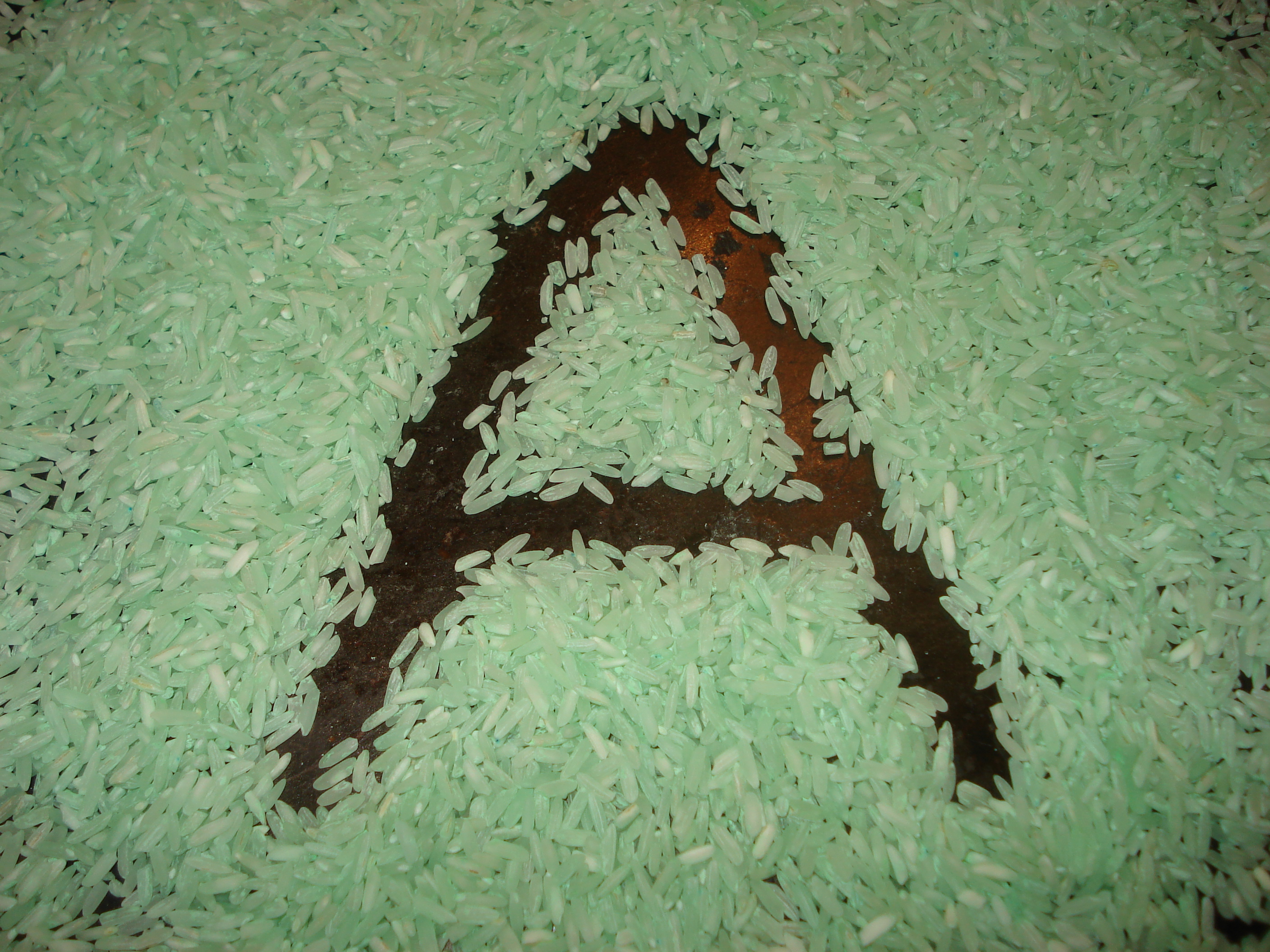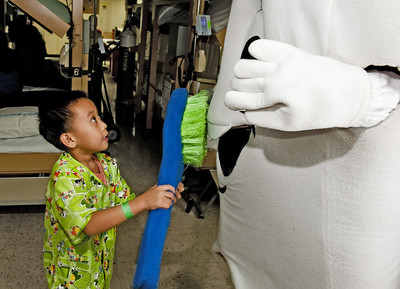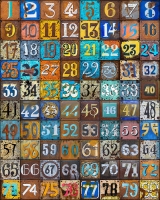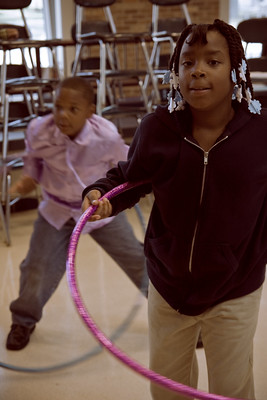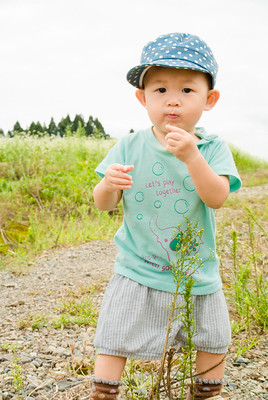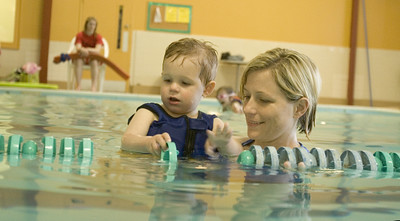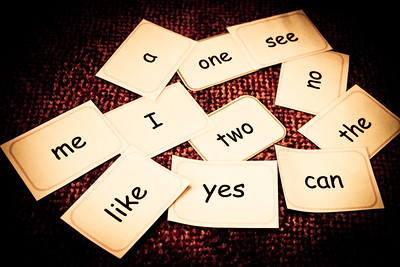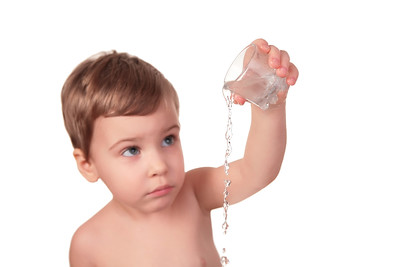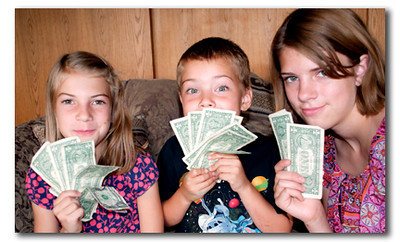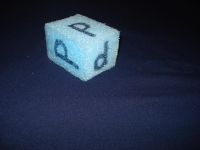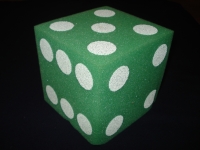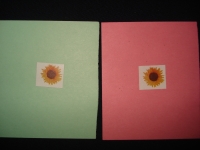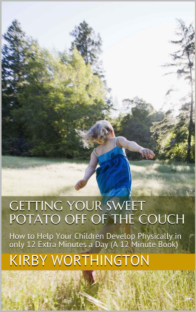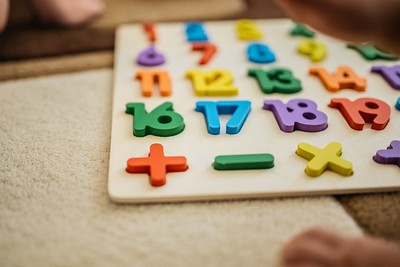 If a child is not understand math, you can play games to get the brain ready for math. If you need to start over with the basics again with an older child, just be aware of using materials that won’t belittle a child (sand, clay). The object is to get the information into the brain through auditory, tactile, and other methods. If the “highways” aren’t working, use “back roads”- it still gets you there!
If a child is not understand math, you can play games to get the brain ready for math. If you need to start over with the basics again with an older child, just be aware of using materials that won’t belittle a child (sand, clay). The object is to get the information into the brain through auditory, tactile, and other methods. If the “highways” aren’t working, use “back roads”- it still gets you there!
Three Principles for Getting the Brain Ready for Math
- Stable Order Principle – When you’re counting, the numbers have to be said in a fixed order: “One, two, three, four, etc.” Not “Three, five, two, seven…” Preschoolers often don’t have this concept yet.
- One-to-One Correspondence – Each item you’re counting gets a number and only one number. You can practice this when going up stairs. Children may at first use many numbers per step. Have them step on one step when saying each number.

 How to Use a Hoop:
How to Use a Hoop: